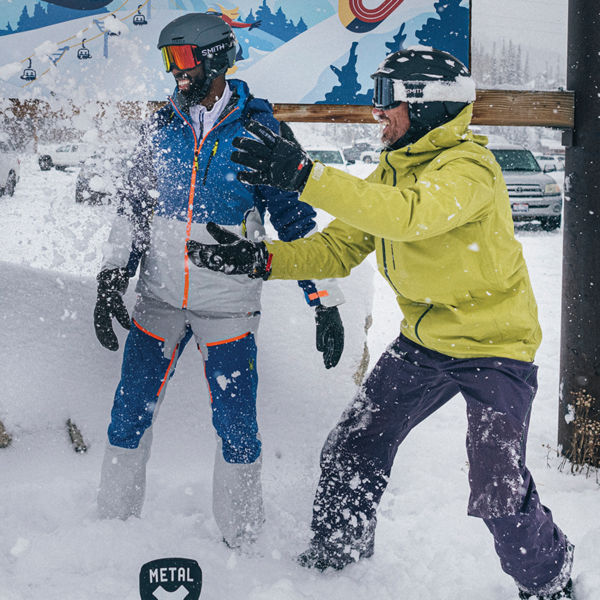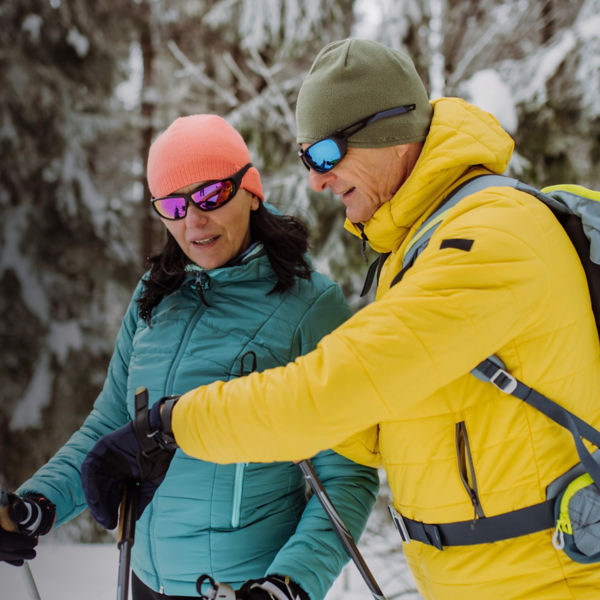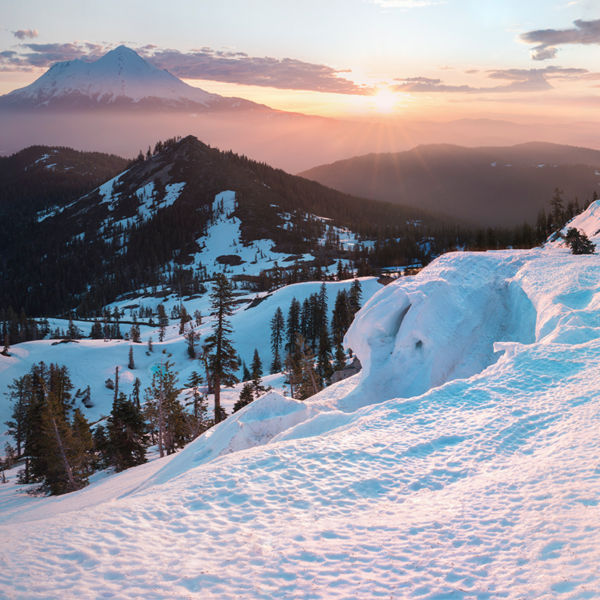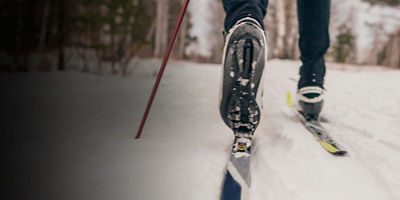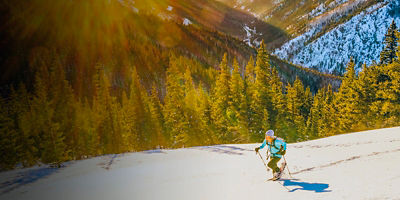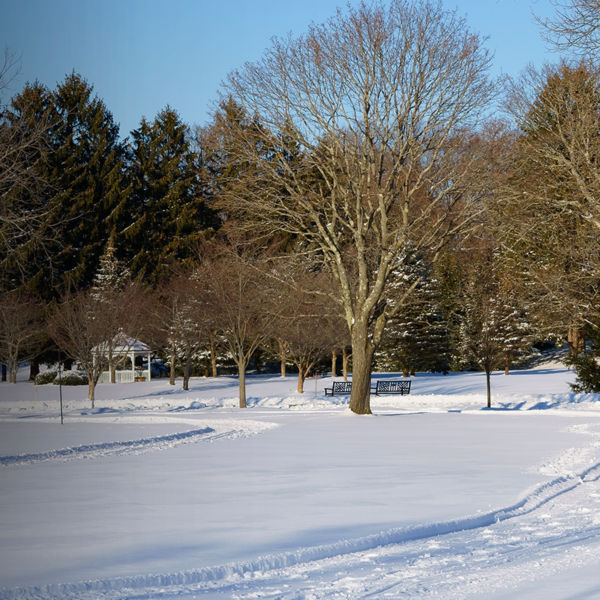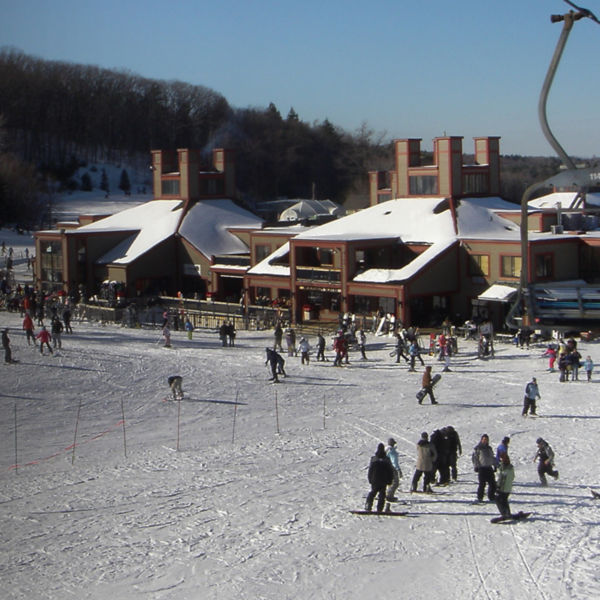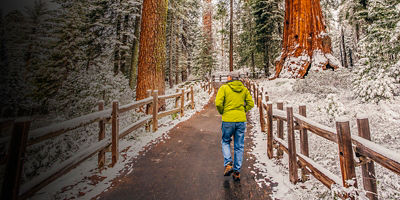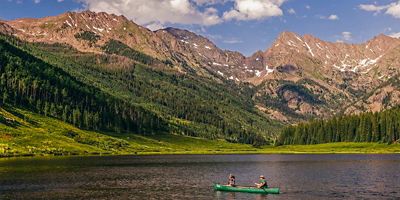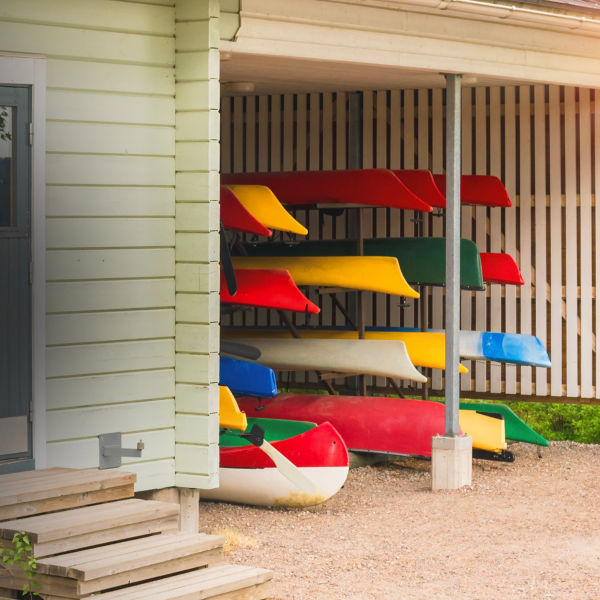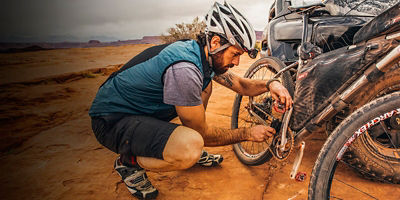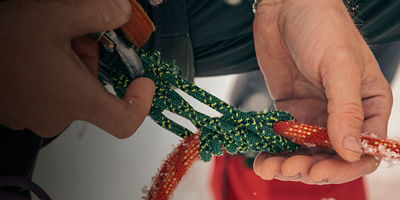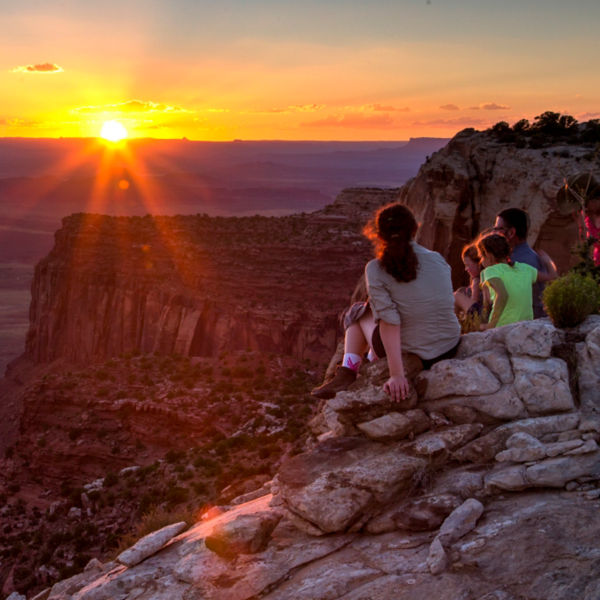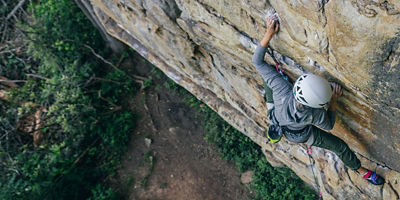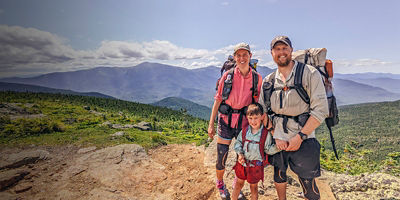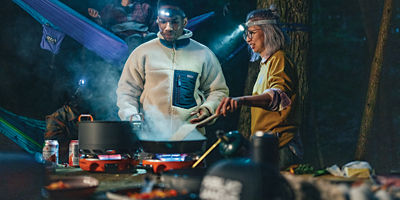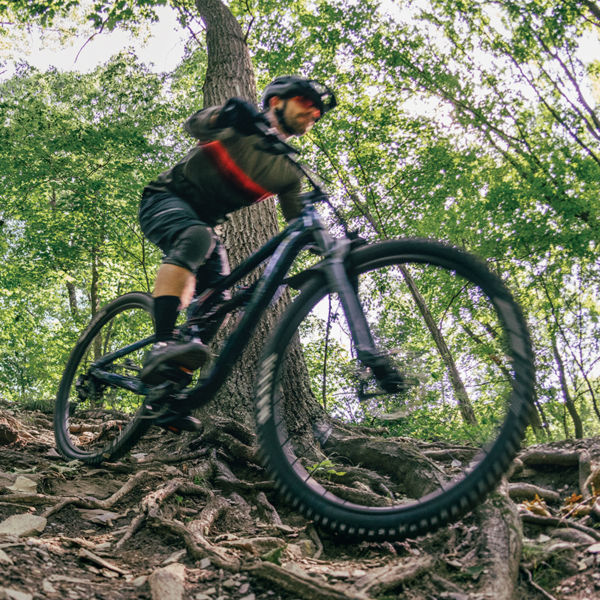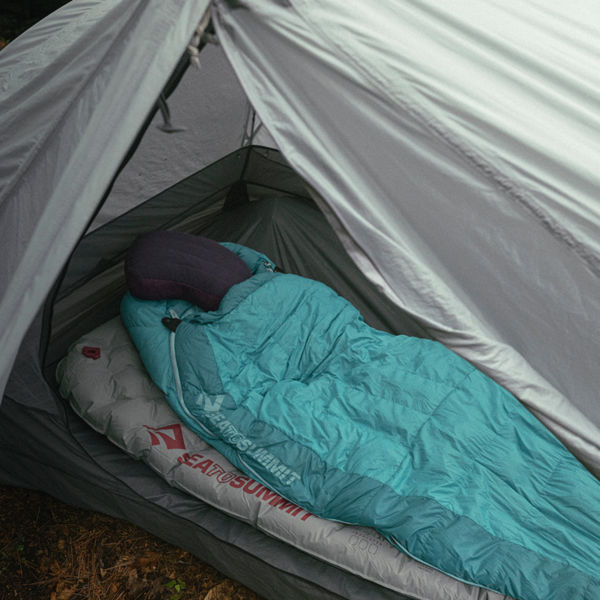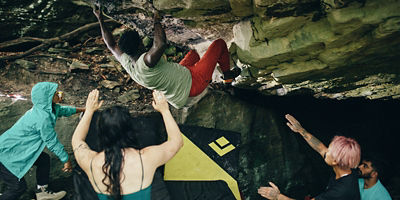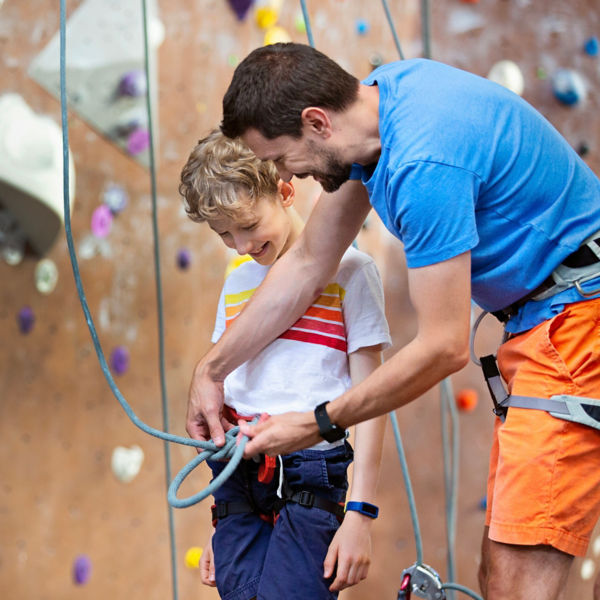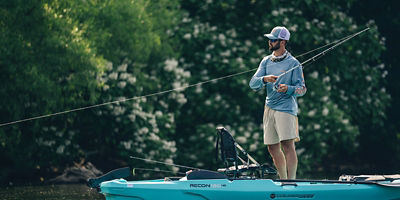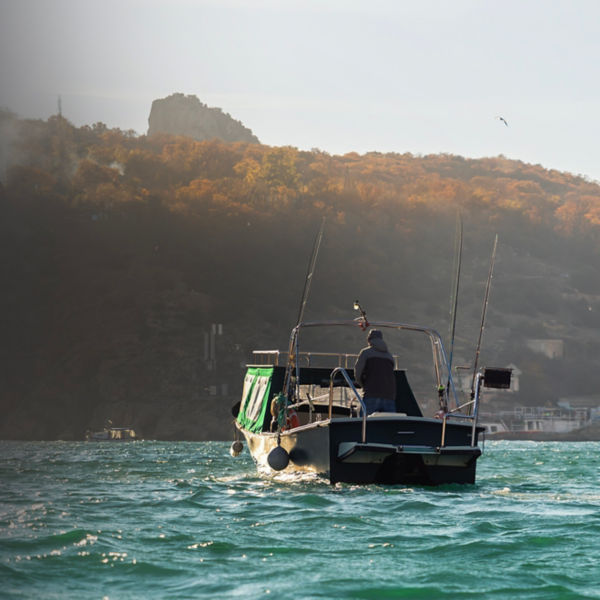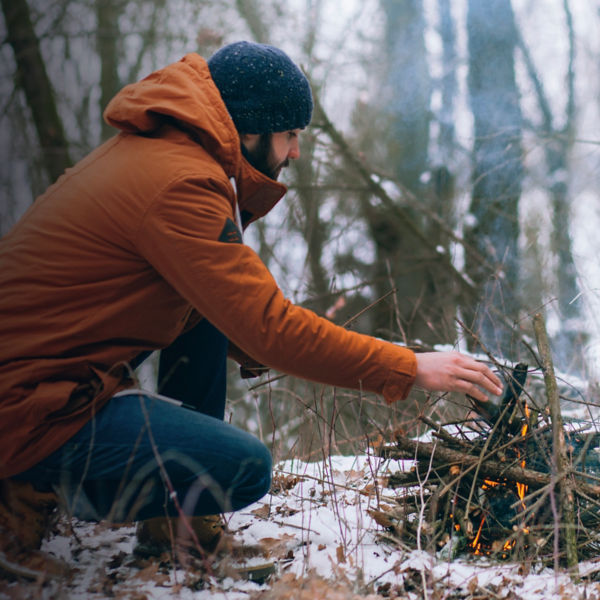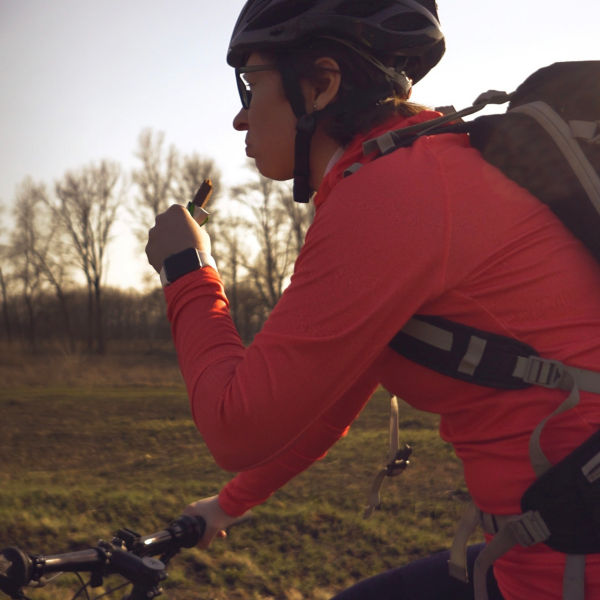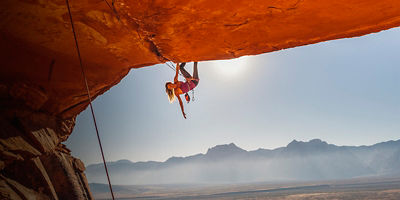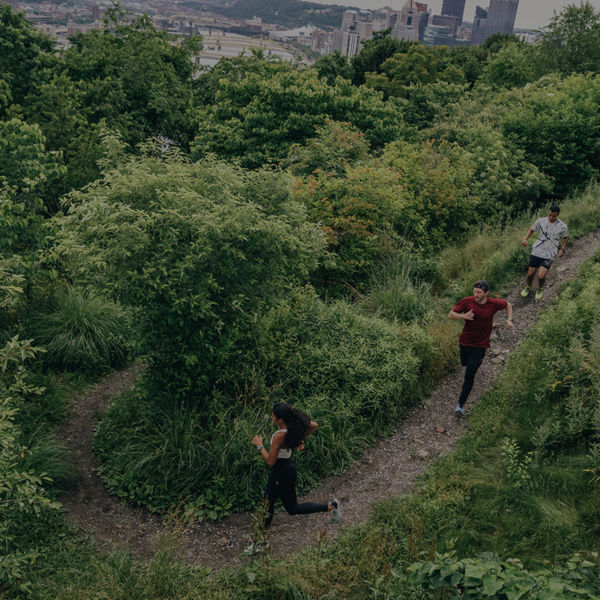
If you made it to this page, we probably don’t need to convince you of backcountry skiing’s rewards—no lift lines or tickets or crowds, and plenty of solitude and raw winter wilderness. Plus the satisfaction of earning your turns.
Whether you’re making the switch from resort skiing or just starting fresh, you’ll need to get equipped for the backcountry. That means avalanche safety gear (and know-how), of course, and the right skis, boots, and bindings.
Backcountry skis, commonly known as alpine touring (AT) skis, let you free your heels for skinning, and lock them down for skiing. If you’re already comfortable downhill skiing at resorts, this is the way to go (the alternative is telemark skis, which require learning a new technique). But AT skis are not all the same. Here's how to choose the best ones for you.
In this guide, you'll learn about:
- Questions to Ask Yourself
- Types of AT Skis
- Design
- Materials
Questions to Ask Yourself
Before you shop for AT skis, ask yourself a few questions to narrow down the choices and find the right pair for you.
What is my skiing ability?
Remember, there’s no ski patrol in the backcountry. Be honest with yourself about your ability level and goals when selecting a pair of AT skis. Are you an advanced skier who likes speed and steeps, and can handle skis to match? Do you prefer intermediate terrain and making a lot of turns? Like downhill skis, your ability level and skiing style will determine the shape of the ideal AT ski for you.
What snow conditions am I hoping to ski?
Backcountry snow conditions can be variable, to say the least. Are you only going into the backcountry on powder days? (Fine, but you won’t ski very much!) Do you hope to ski all winter over a range of conditions and elevations? Or are you a spring skier looking for corn?
Where and how do I plan to use AT gear?
AT skis are made to climb and descend, but where and how you use them will affect the style of your ideal ski. Are you hoping to ski the resort and the backcountry with one pair? Do you like steep slopes or low-angle glades? Do you want to go for long tours deep into the wilderness or short quick sidecountry trips? The weight of the ski will make a big difference when uphilling.









